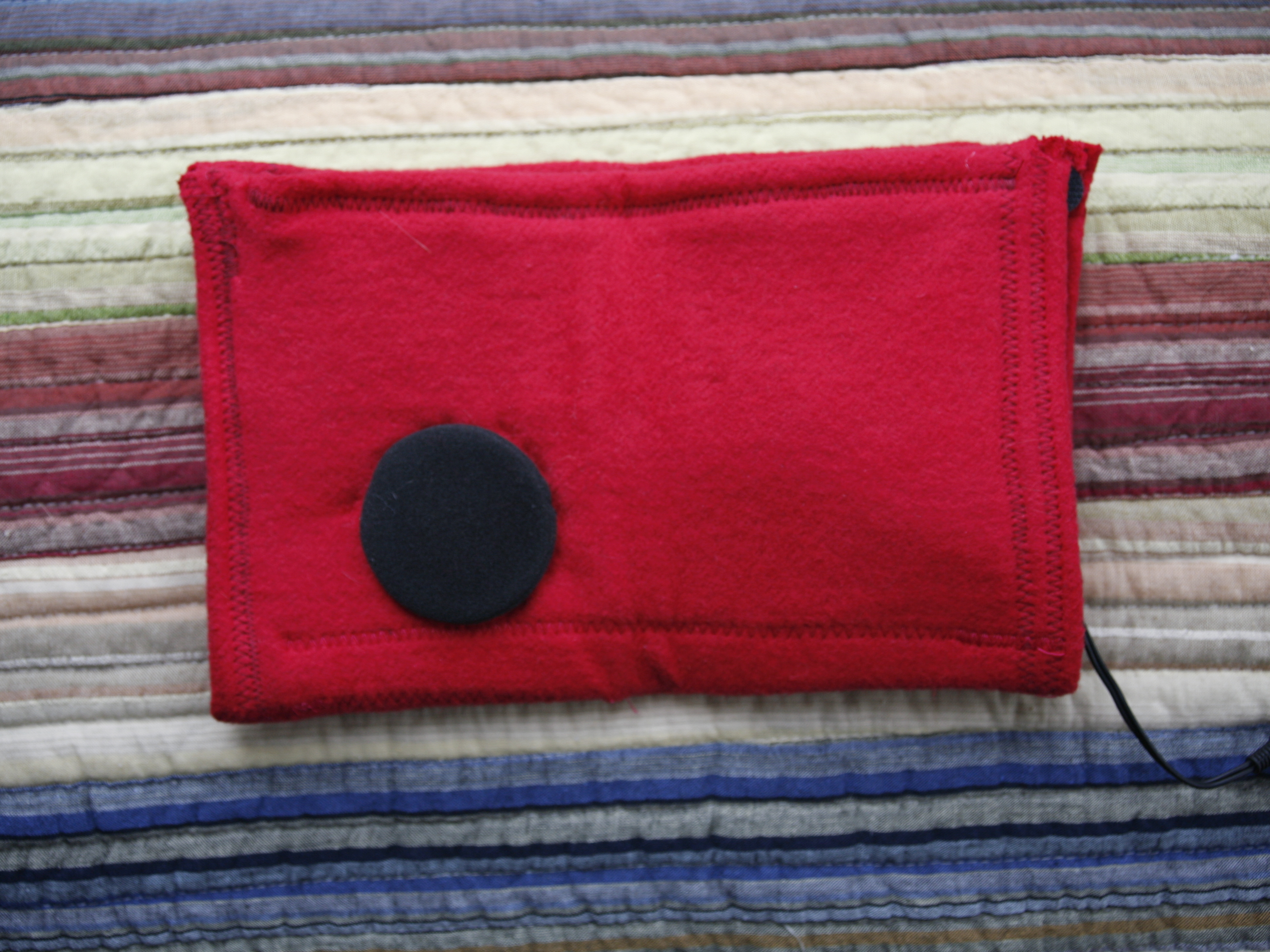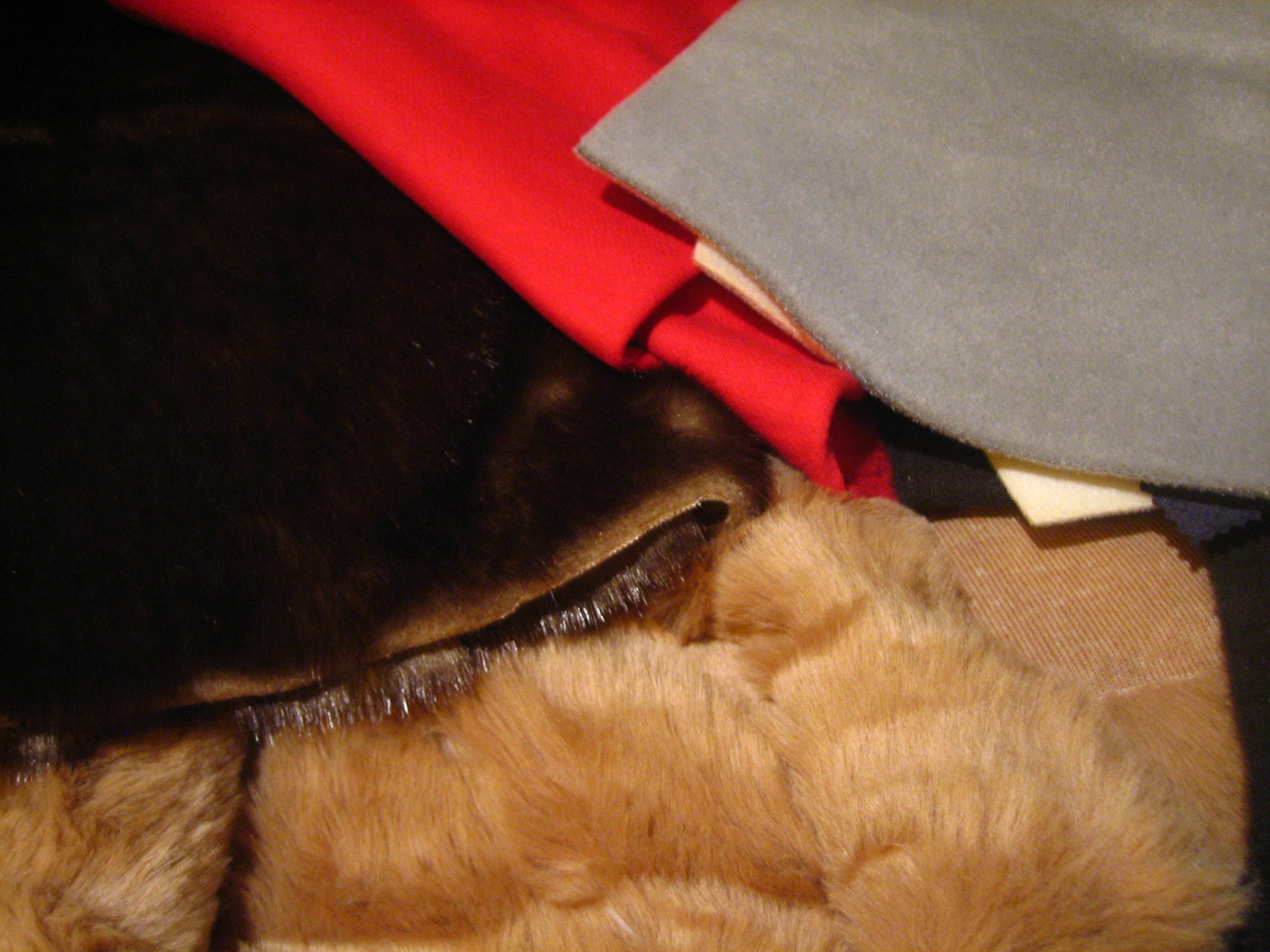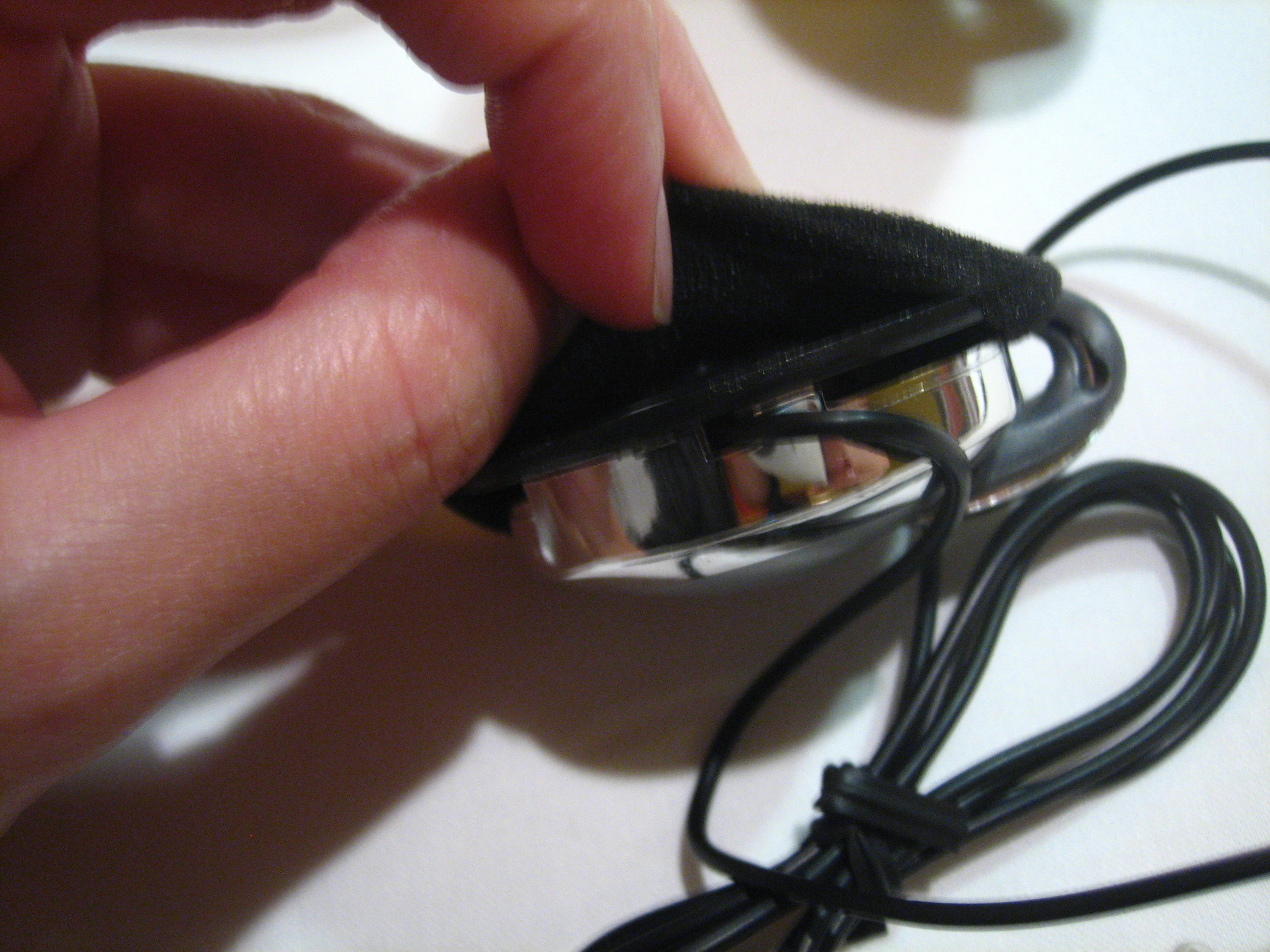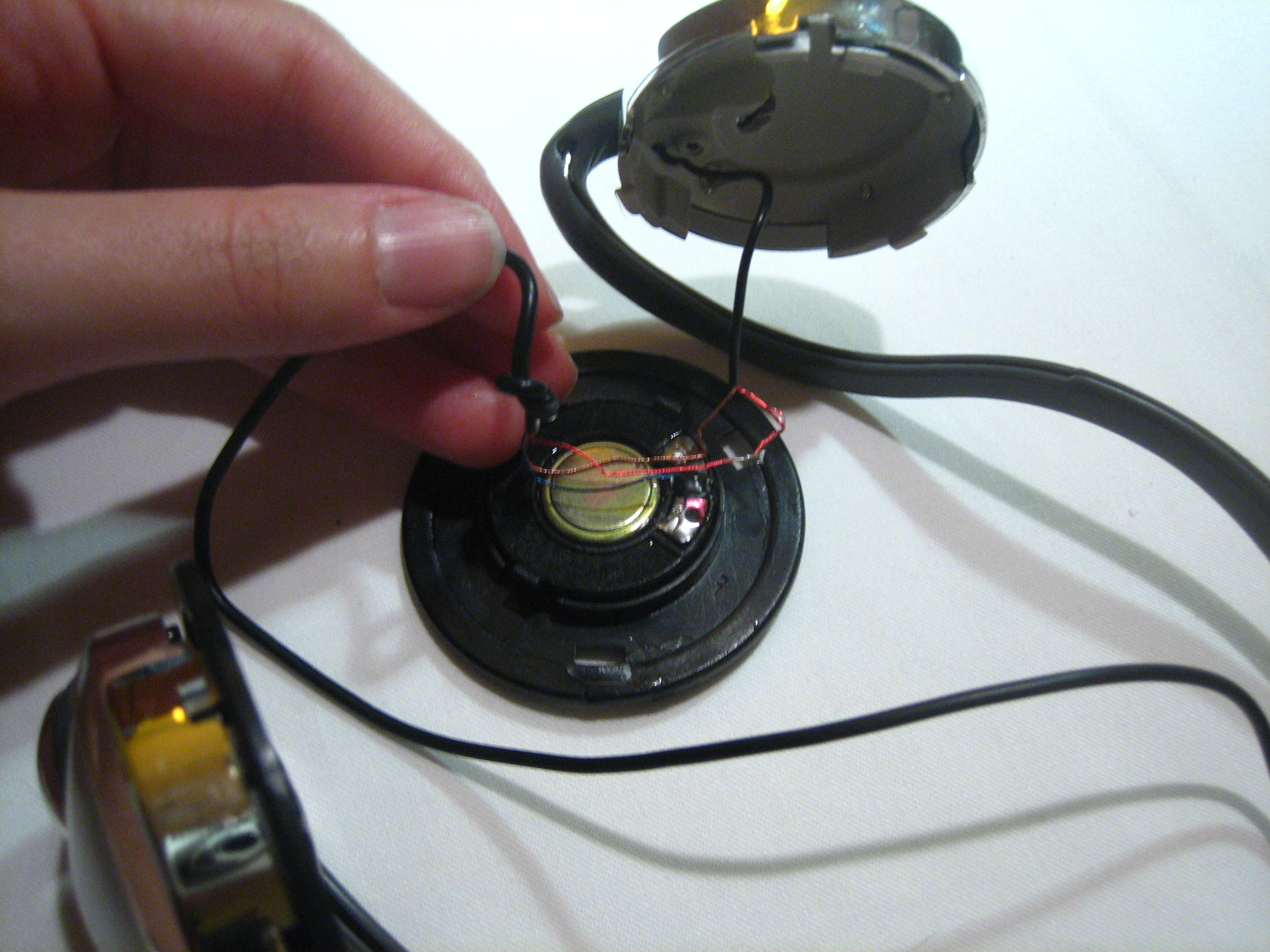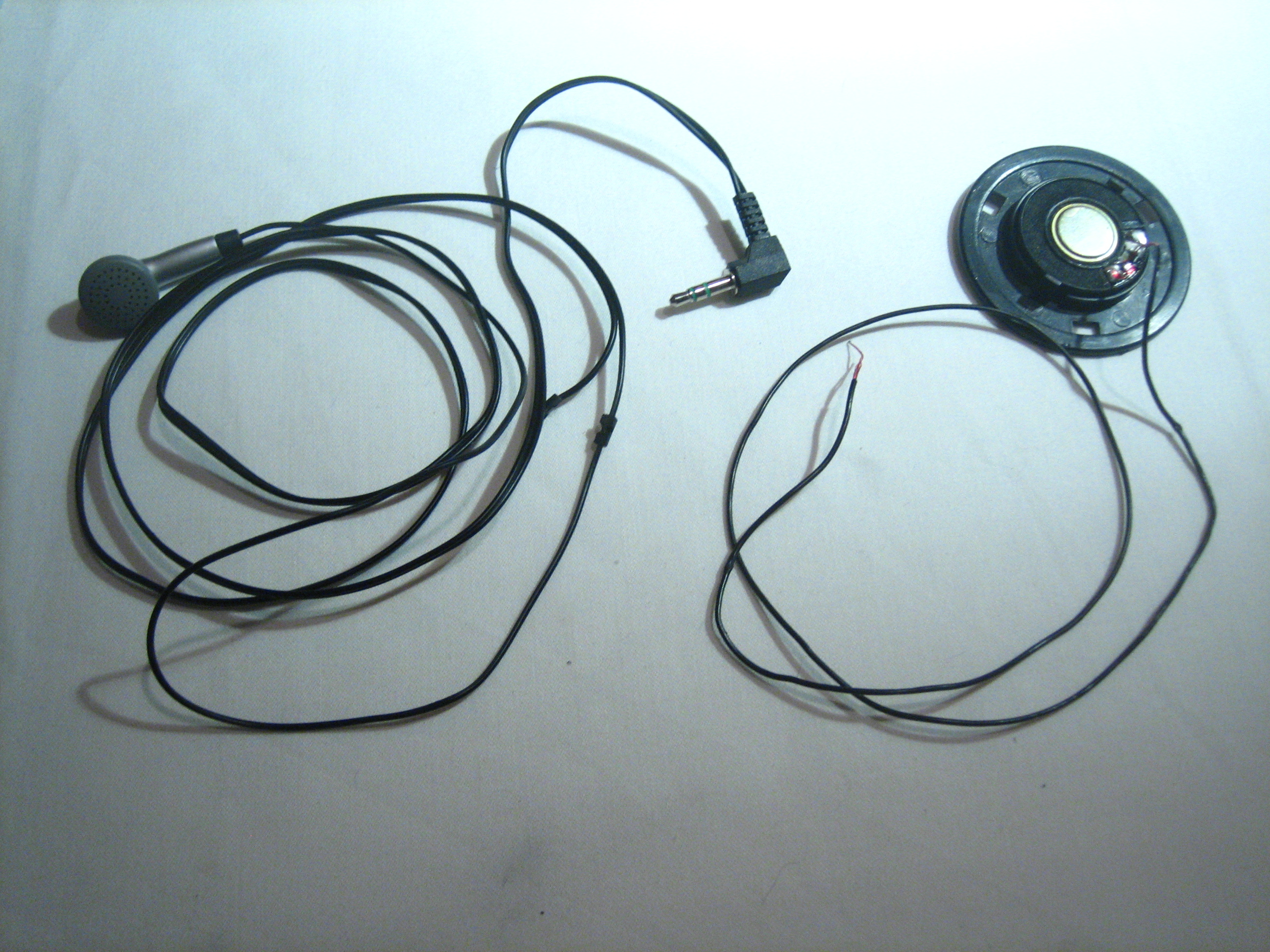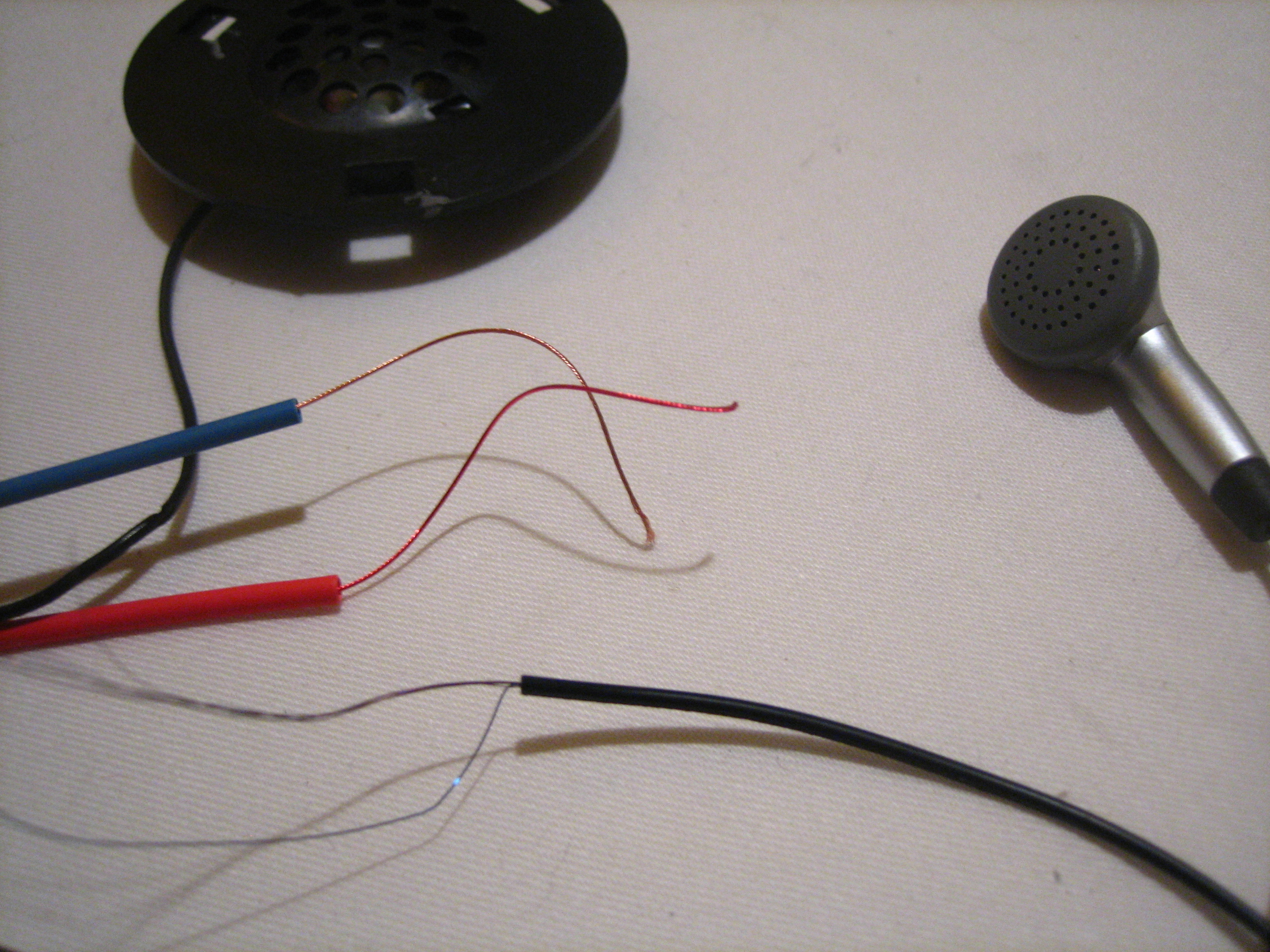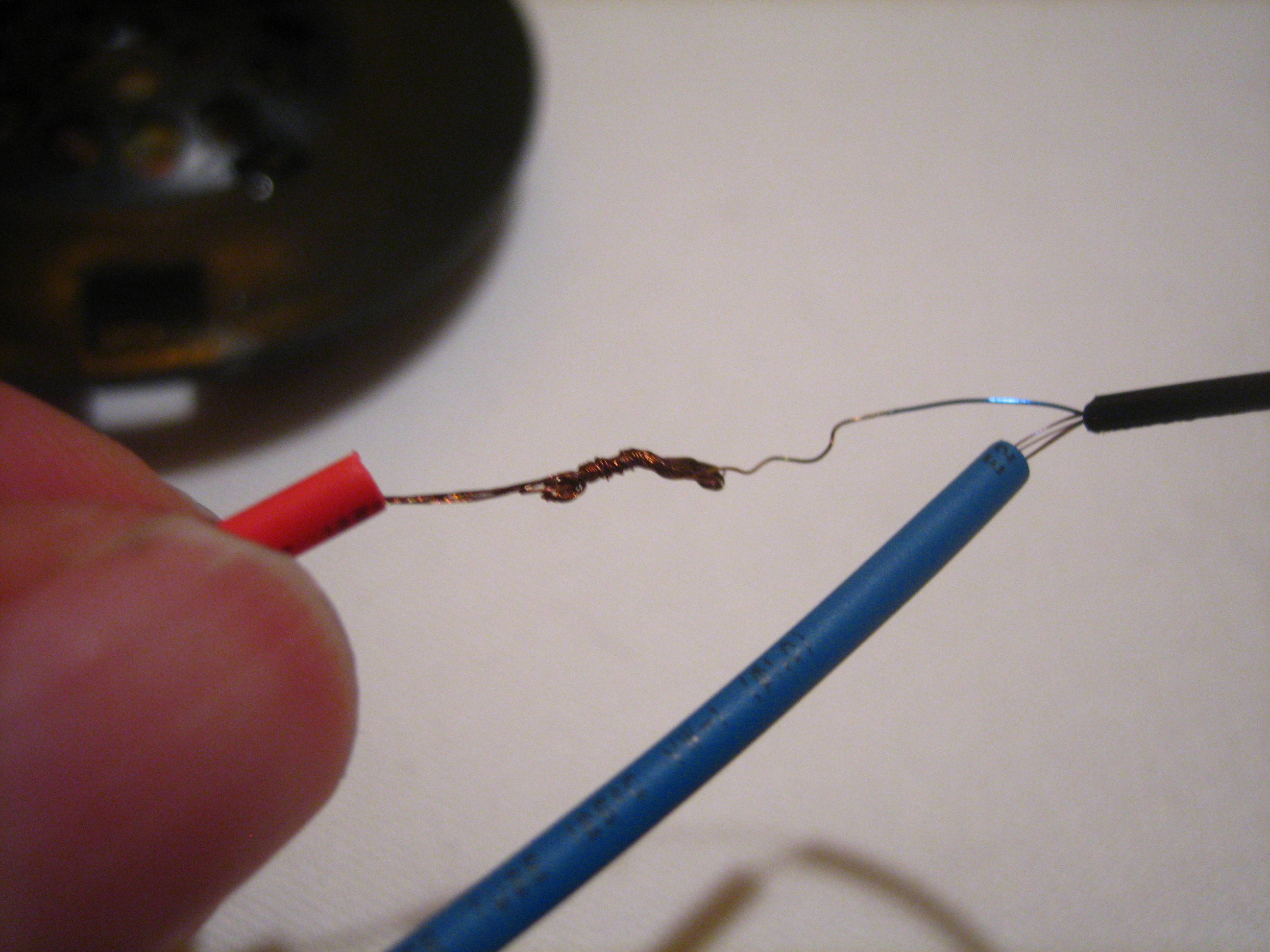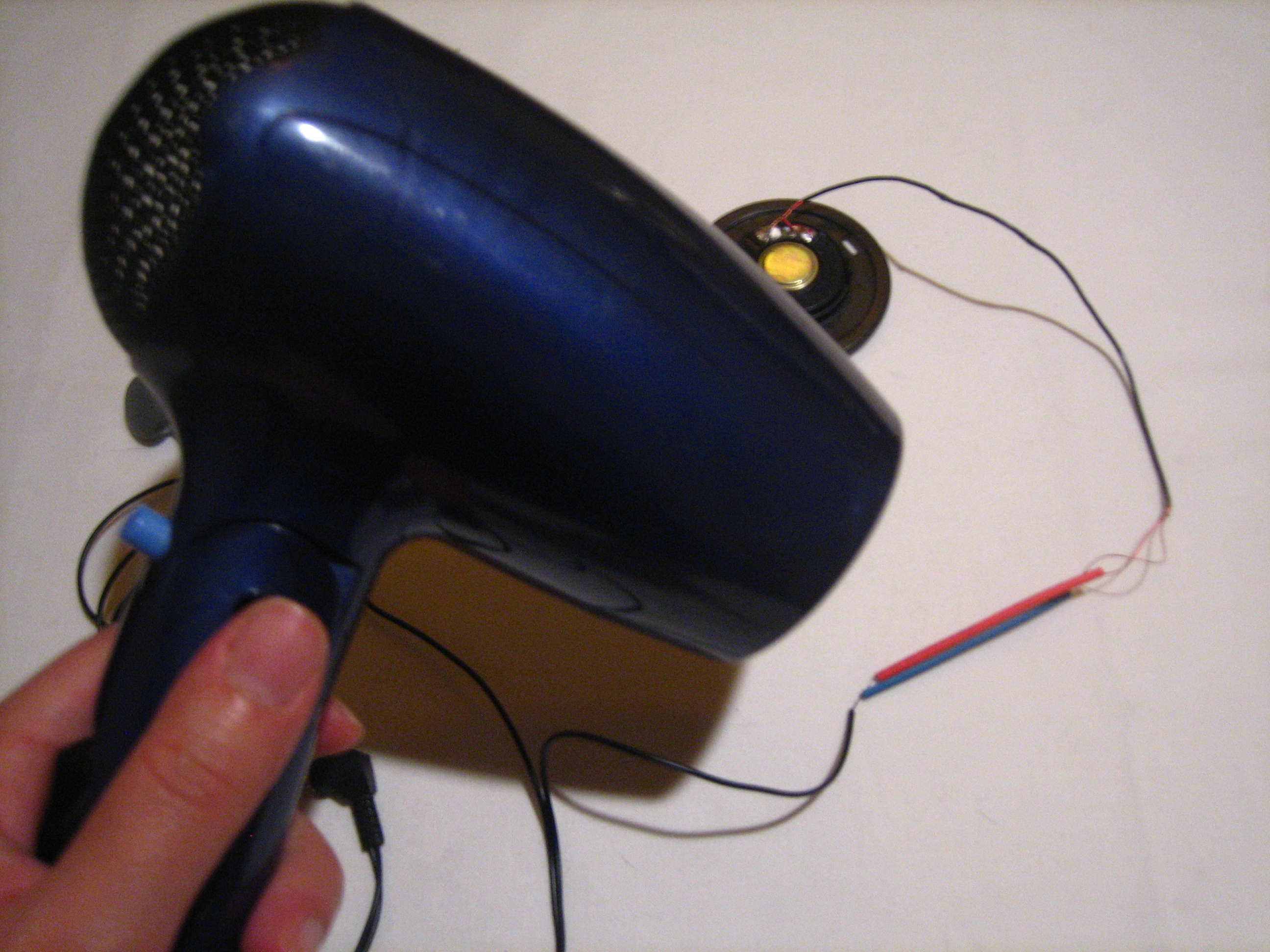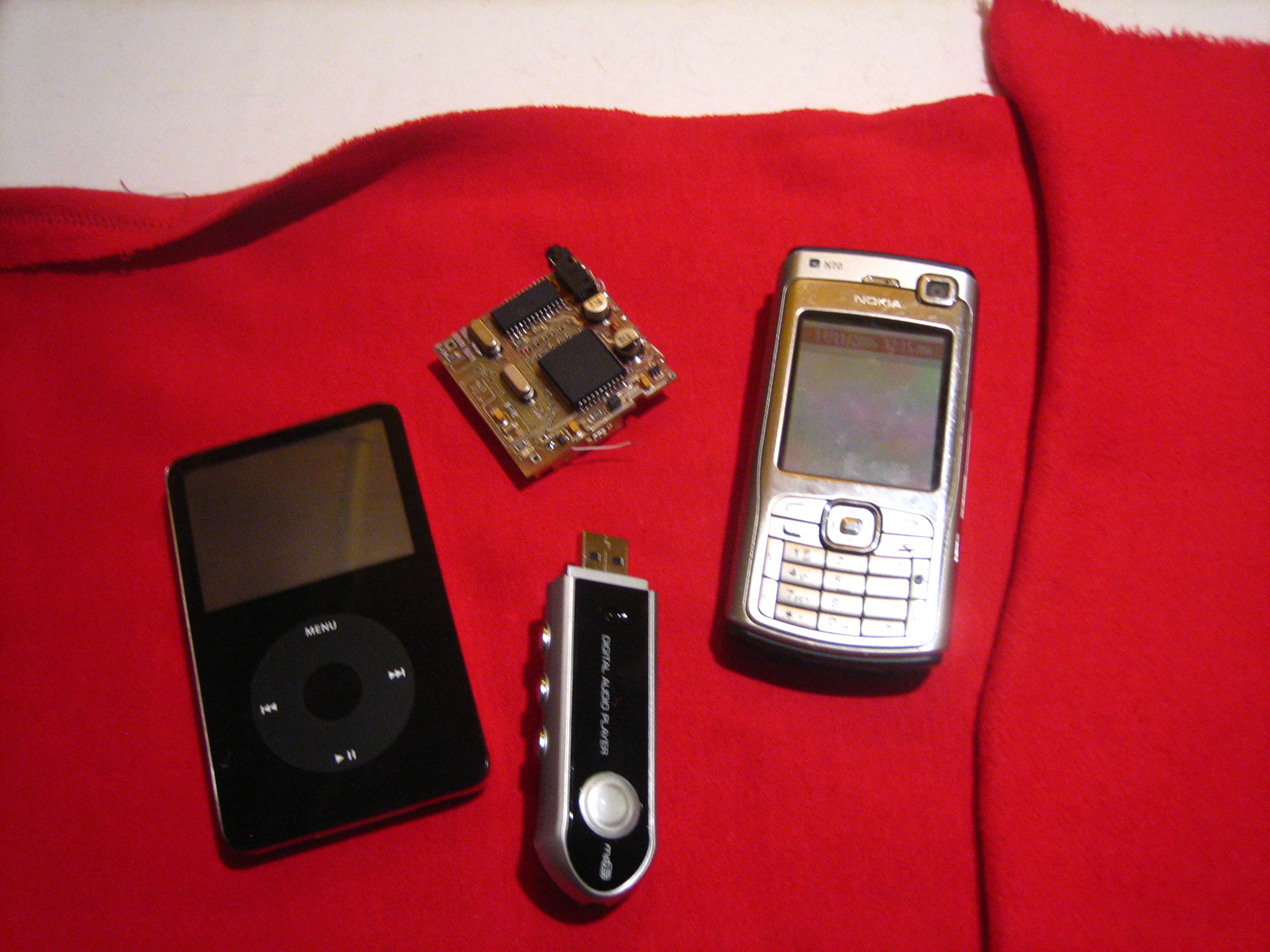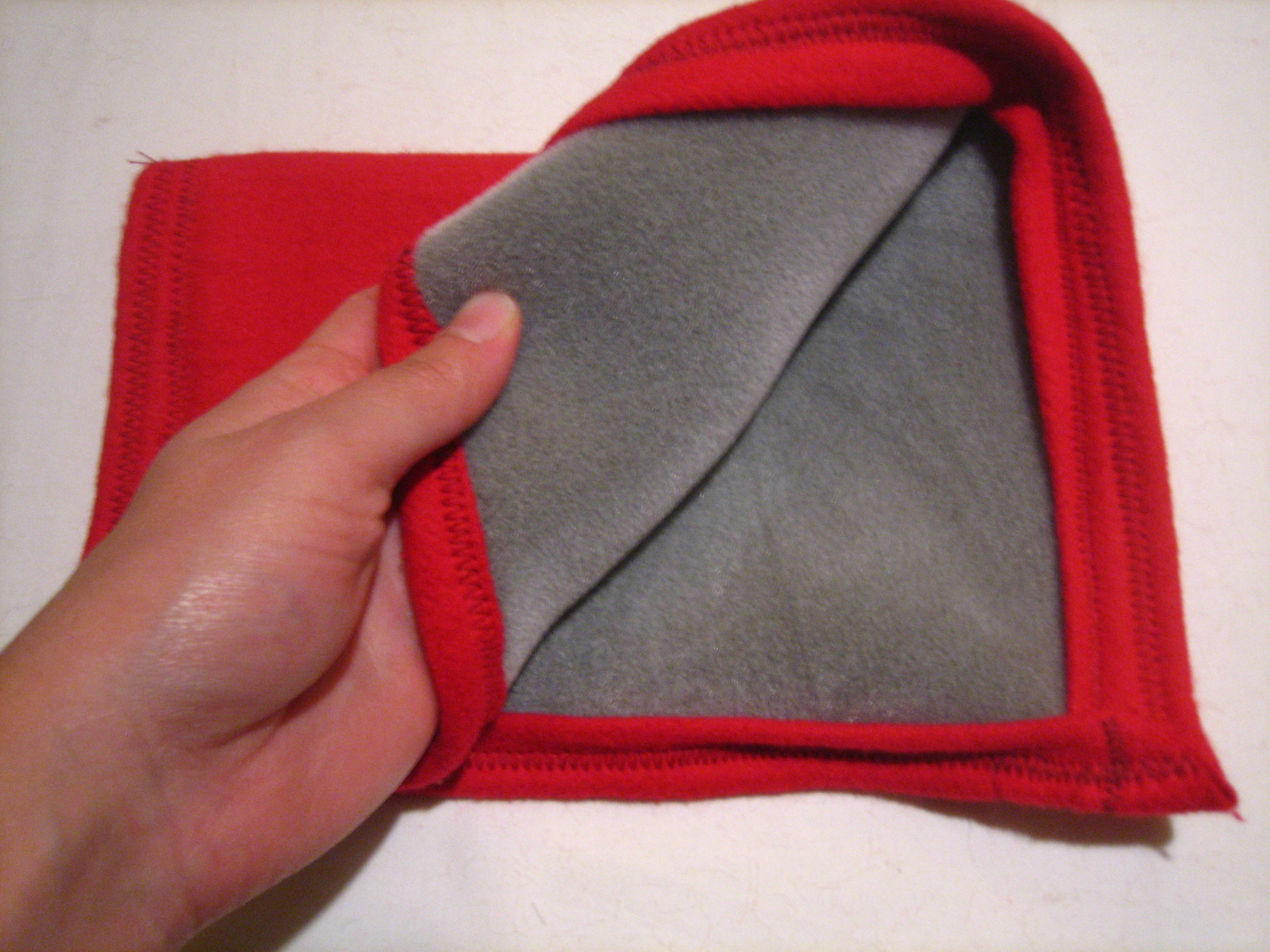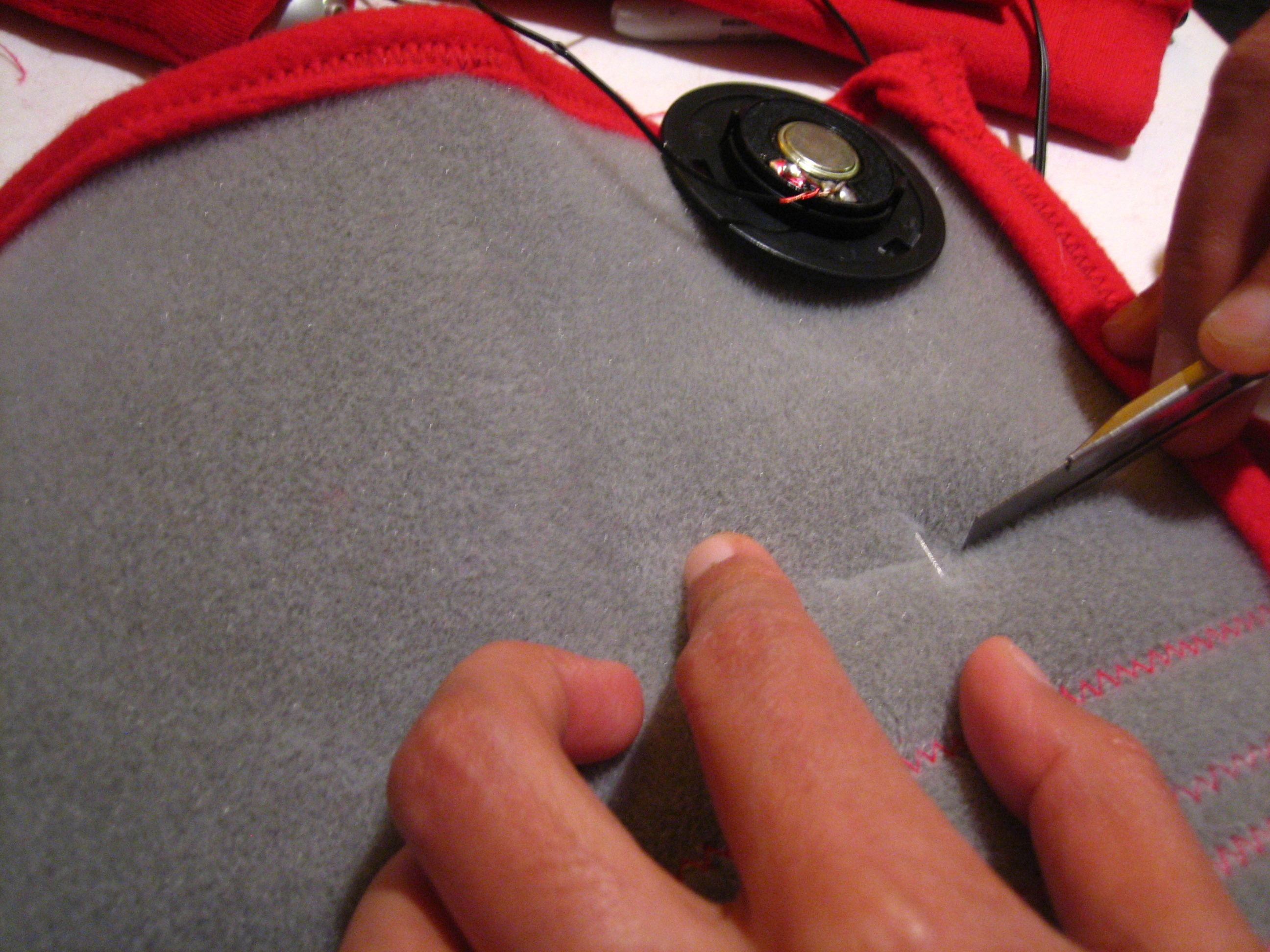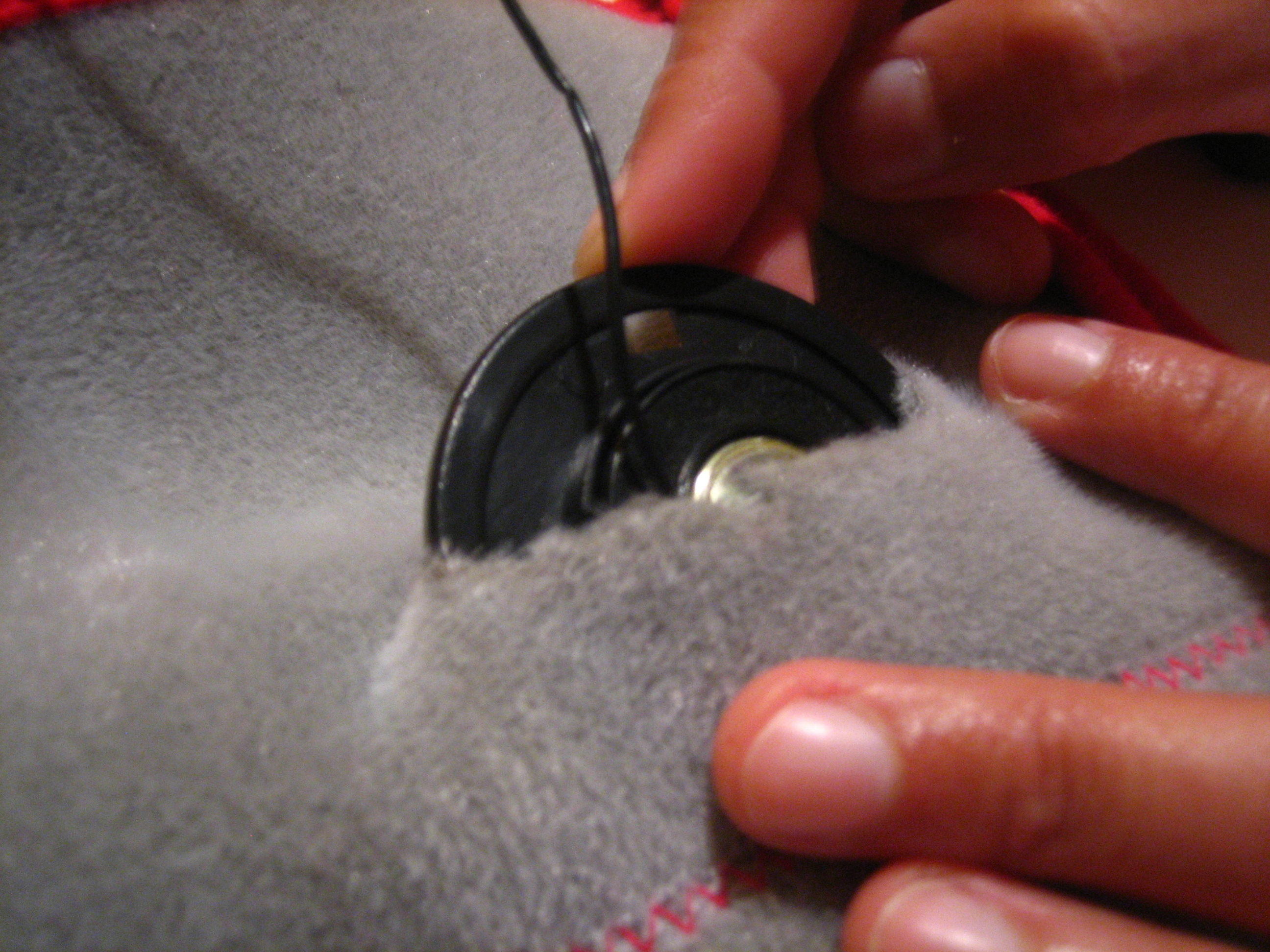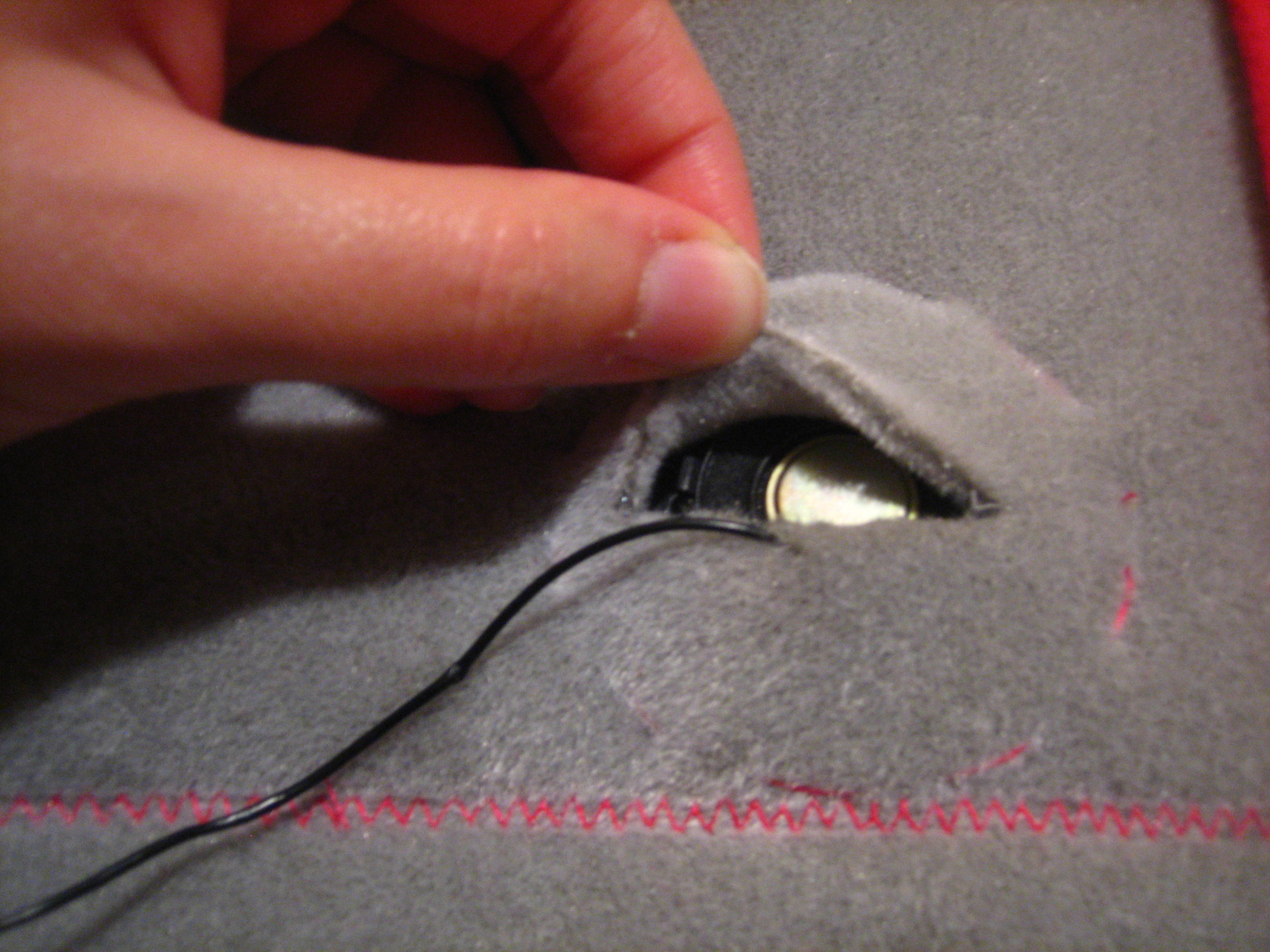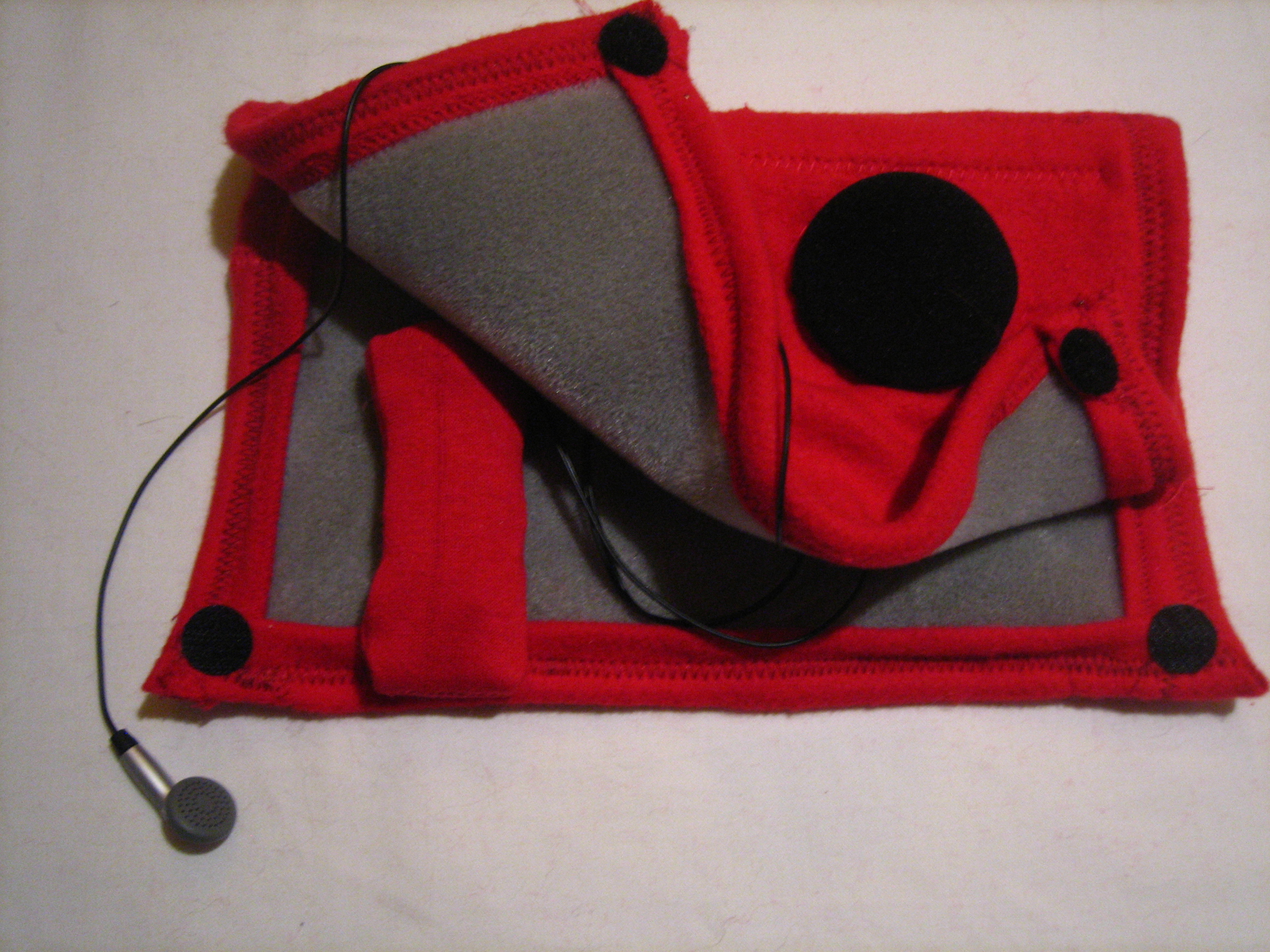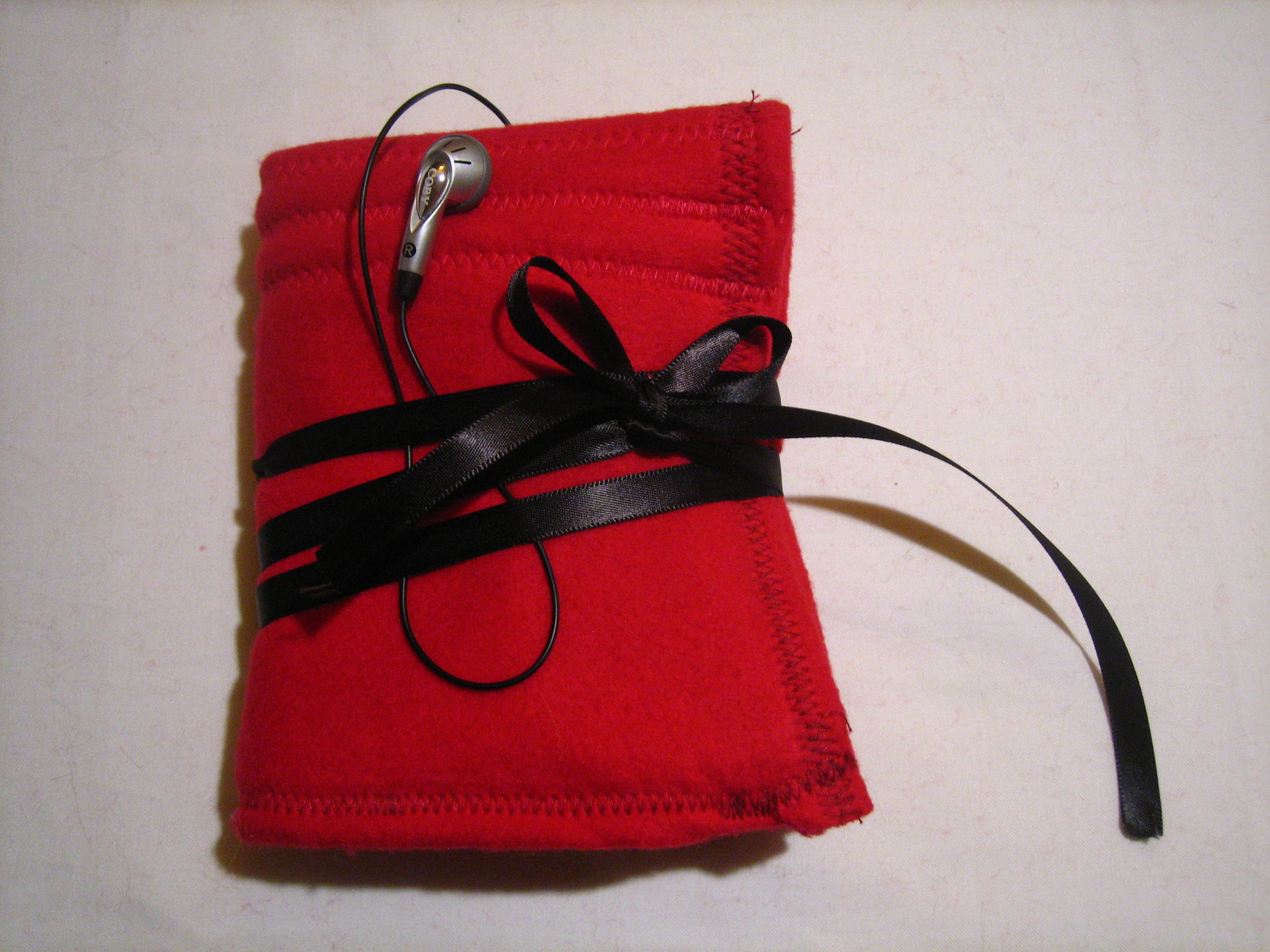This is the trickiest step, as sound wiring can be a bit fragile. Strip about 4″ off the earbud’s cable. Inside the cable, you’ll find 2 wires: one for sound and one for ground. Remember to check which is which so you can connect the correct sides together. Slide 2″ pieces of heat-shrink tubing onto each of the 2 open wires.
Check conductivity. Most times, sound wire is insulated with a thin protective coat around it — use a multimeter to check whether yours is. If there is no conductivity between any 2 points of the open wire, use a small lighter to quickly burn this coating off. Burn only 2″ so that the rest remains insulated in order to avoid short circuits. The now-exposed wire will sometimes be made of very thin threaded wires — split them apart to help strengthen your connections. Strip 2″ of the open-air headphone wire and burn it if needed.
Once all 4 wires are conductive, bring the 2 sound wires together and twist them together, fold, and twist again until you have as solid and thick a connection as possible between both sides. Repeat with the 2 ground wires.
Now slide each piece of heat-shrink on top of the connections to insulate them again. Make sure to cover any parts of the wires you might have exposed while burning them.
You’re almost done with the hardest part. You should have a hybrid pair of headphones. Connect them to your favorite music player to test them. Make sure to move the cables around in different directions to ensure that the connections are solid.
If there are problems with the sound, rework your connections from under the heat-shrink until you feel they are solid.
After you’ve tested the sound, use a hair dryer to melt the heat-shrink until it has shrunk enough to hold the wires together for good. Your hybrid headphones are now done.
PLAN B: If you are bit more familiar with electronics, you could rework the wiring from scratch instead of trying to connect the existing sound wires. Open up both sides of your headset and unsolder the wires. Make sure you replace the cables with a wire that is soft and flexible enough. You’ll need to get a bare mini jack to solder your wires to.



